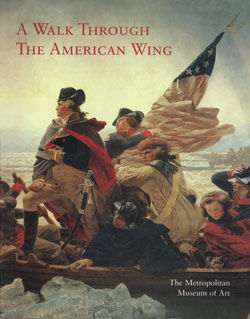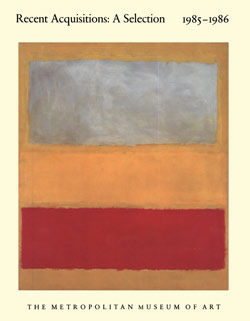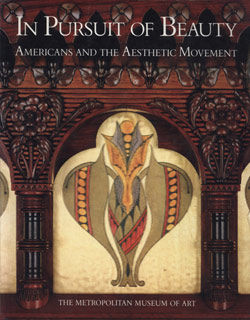Cabinet
Attributed to Daniel Pabst American, born Germany
This Modern Gothic cabinet superbly demonstrates the influence of British reform theory on American design in the late nineteenth century. In form and decoration, it is indebted to the British architect Bruce J. Talbert, whose book "Gothic Forms Applied to Furniture, Metal Work, and Decoration for Domestic Purposes" (Birmingham, 1867; Boston, 1873) was influential in this country. A kinship with the work of the Philadelphia architect Frank Furness is also evident in the overall form of the cabinet, the verticality and shingled "roof" of which somewhat resemble Furness's bank buildings of the 1870s. The reverse-painted ribbed-glass panels are of a type Furness began to use on buildings as architectural decoration in 1876. Their stylized floral motif recalls the geometric plant forms of Christopher Dresser, a leading English ornamentist of the period who visited the Centennial Exhibition in Philadelphia in 1876 and whose published designs were well known in this country. Daniel Pabst, a leading manufacturer of artistic furniture in Philadelphia, probably executed the cabinet. A related cabinet, now in the Brooklyn Museum of Art, is documented to Pabst.
#3915. Cabinet
Due to rights restrictions, this image cannot be enlarged, viewed at full screen, or downloaded.




